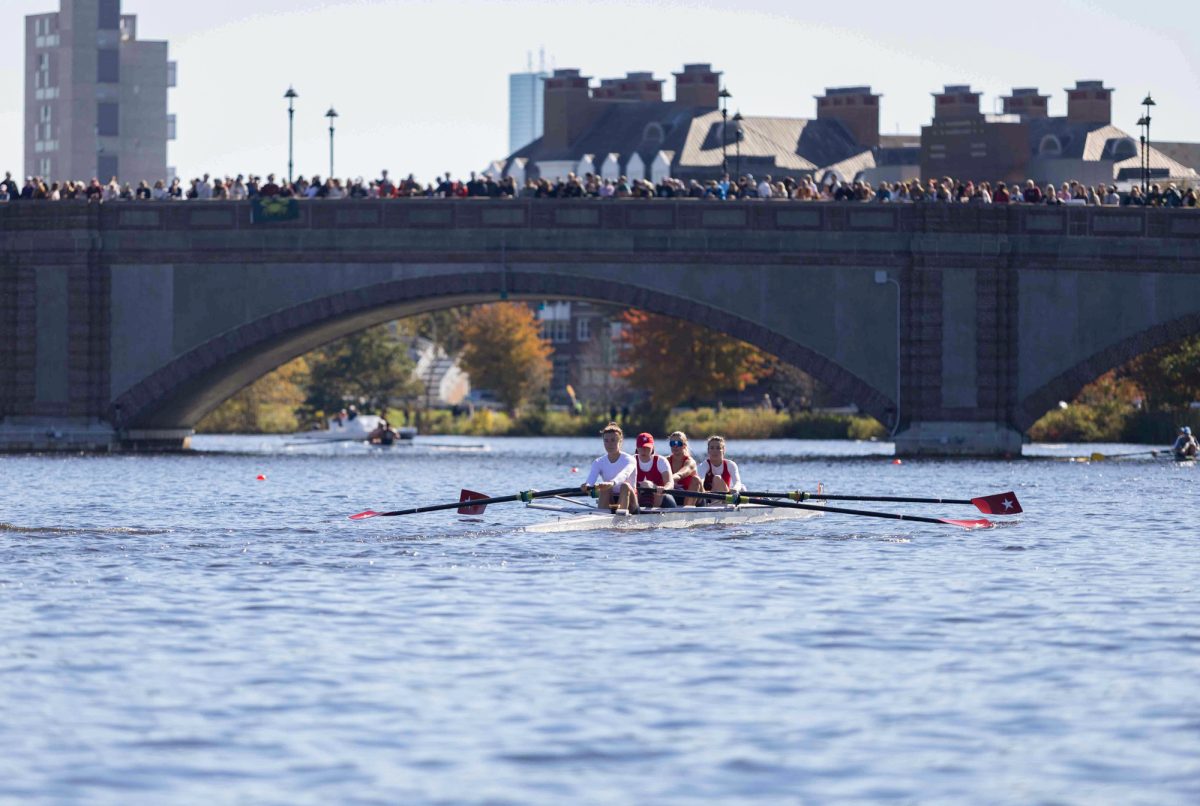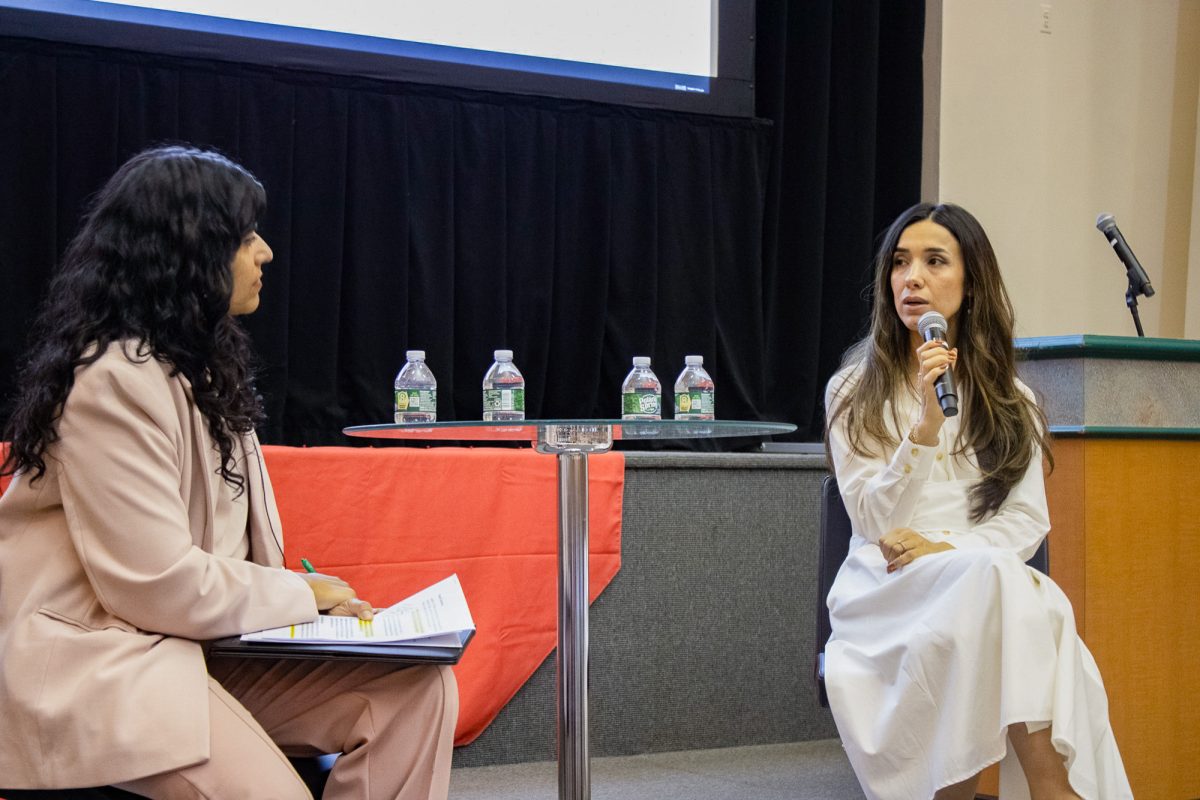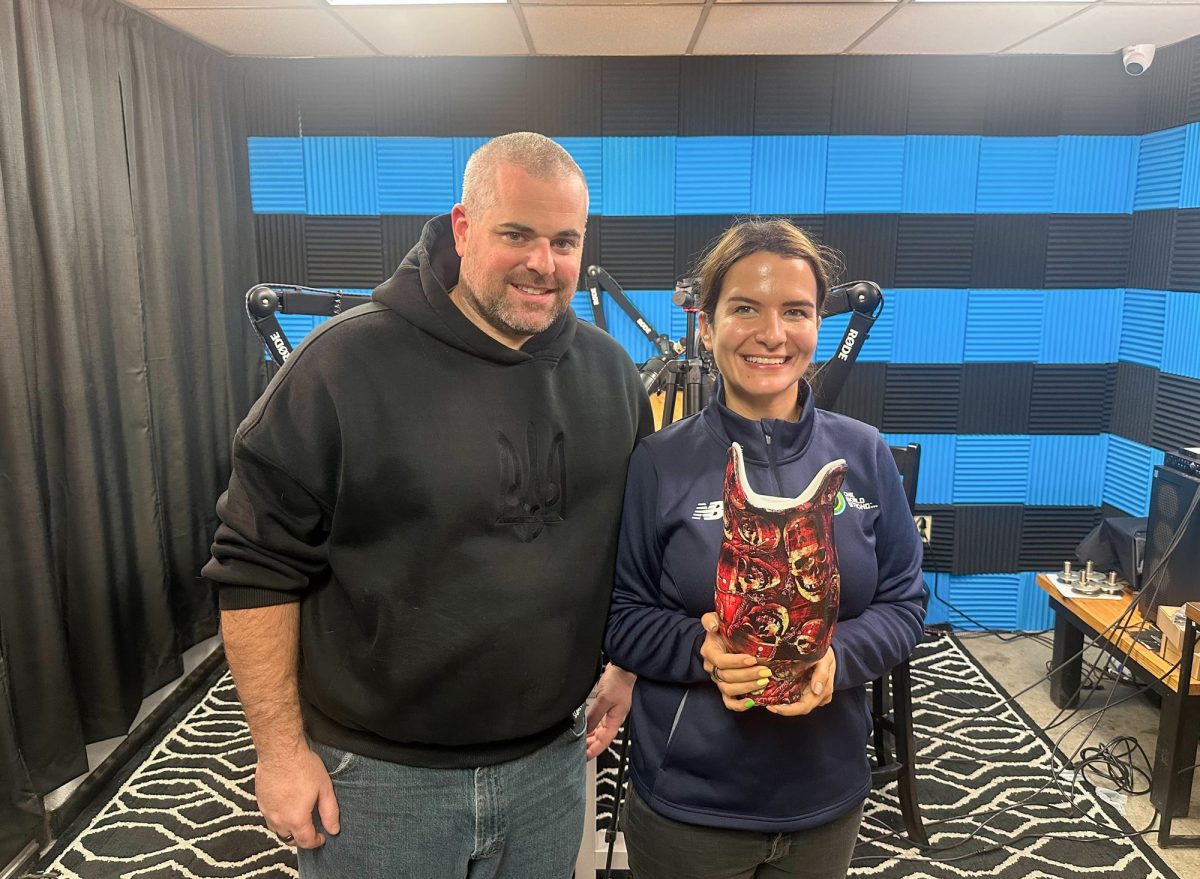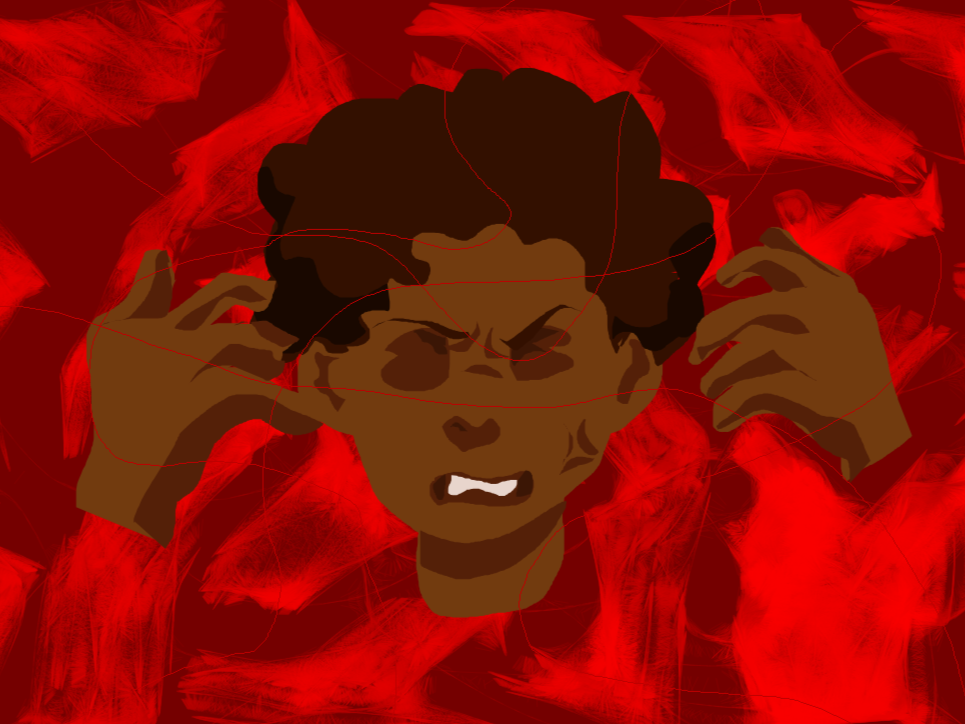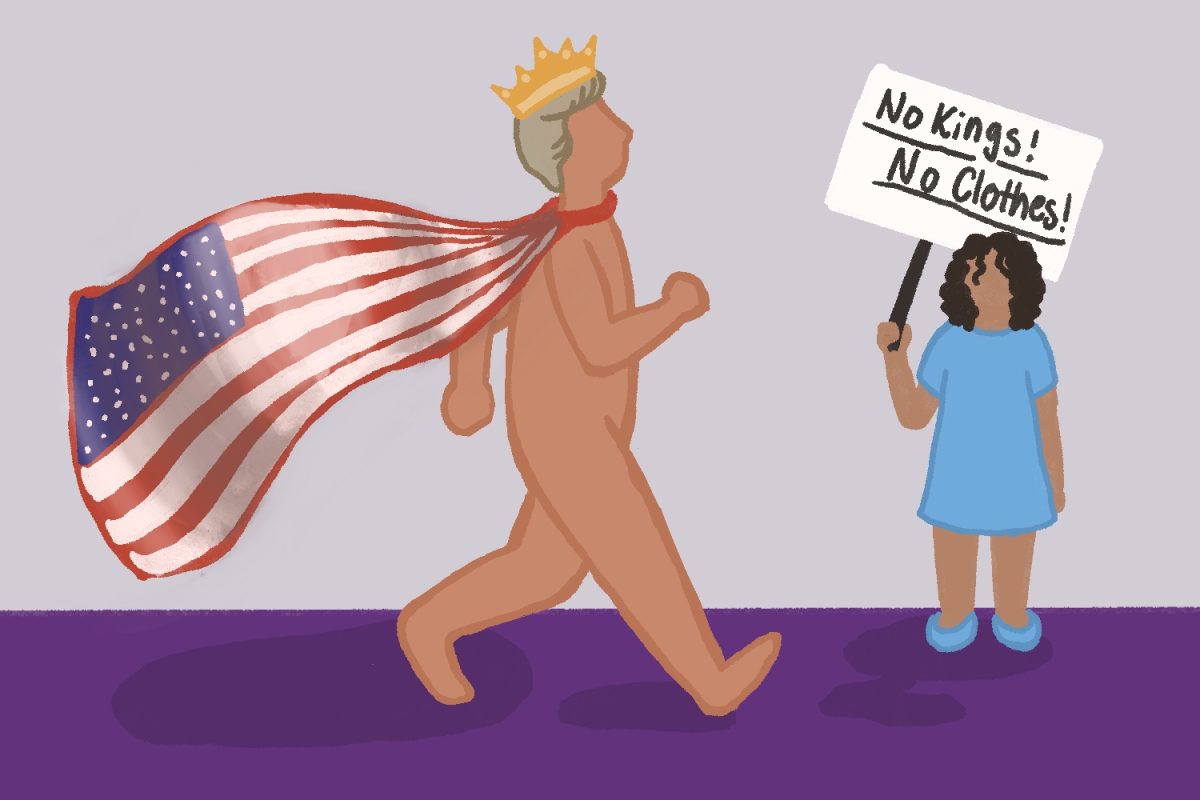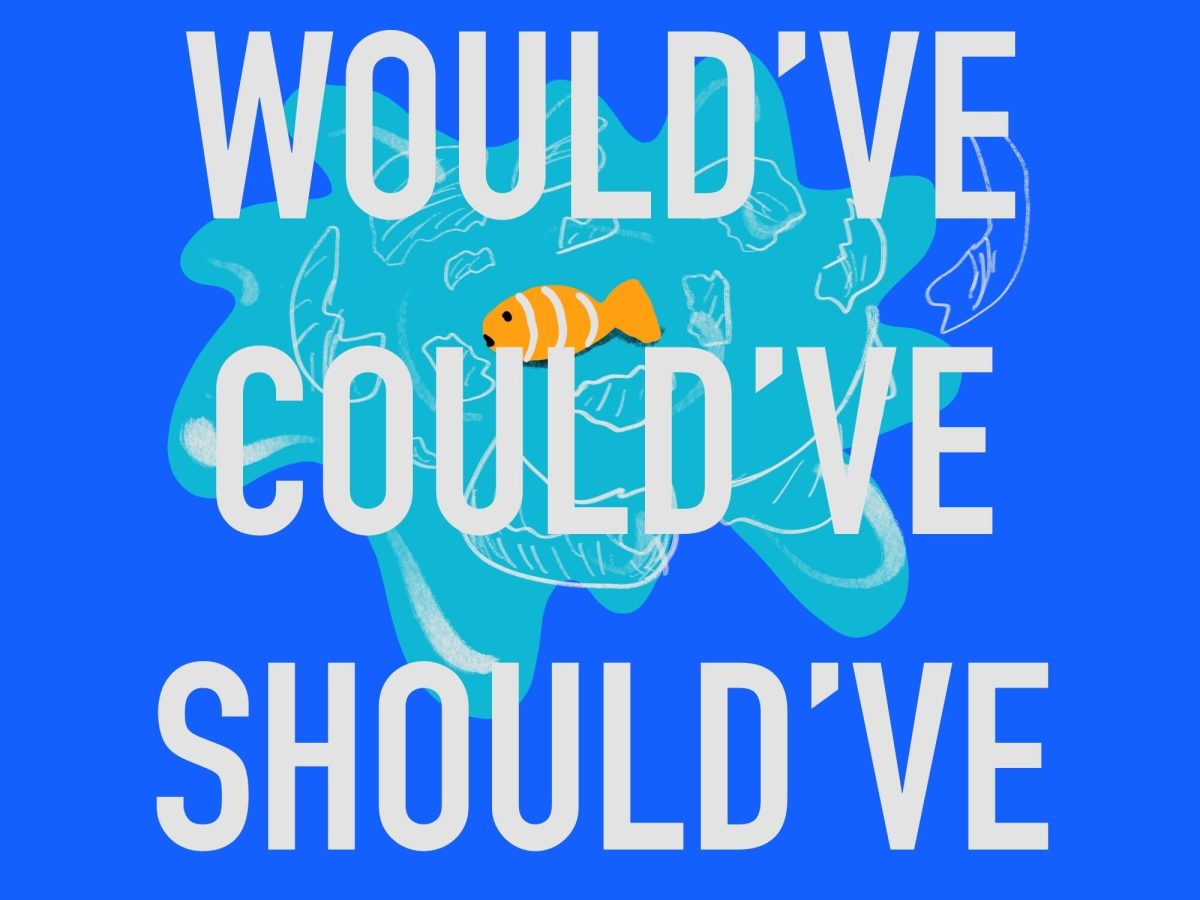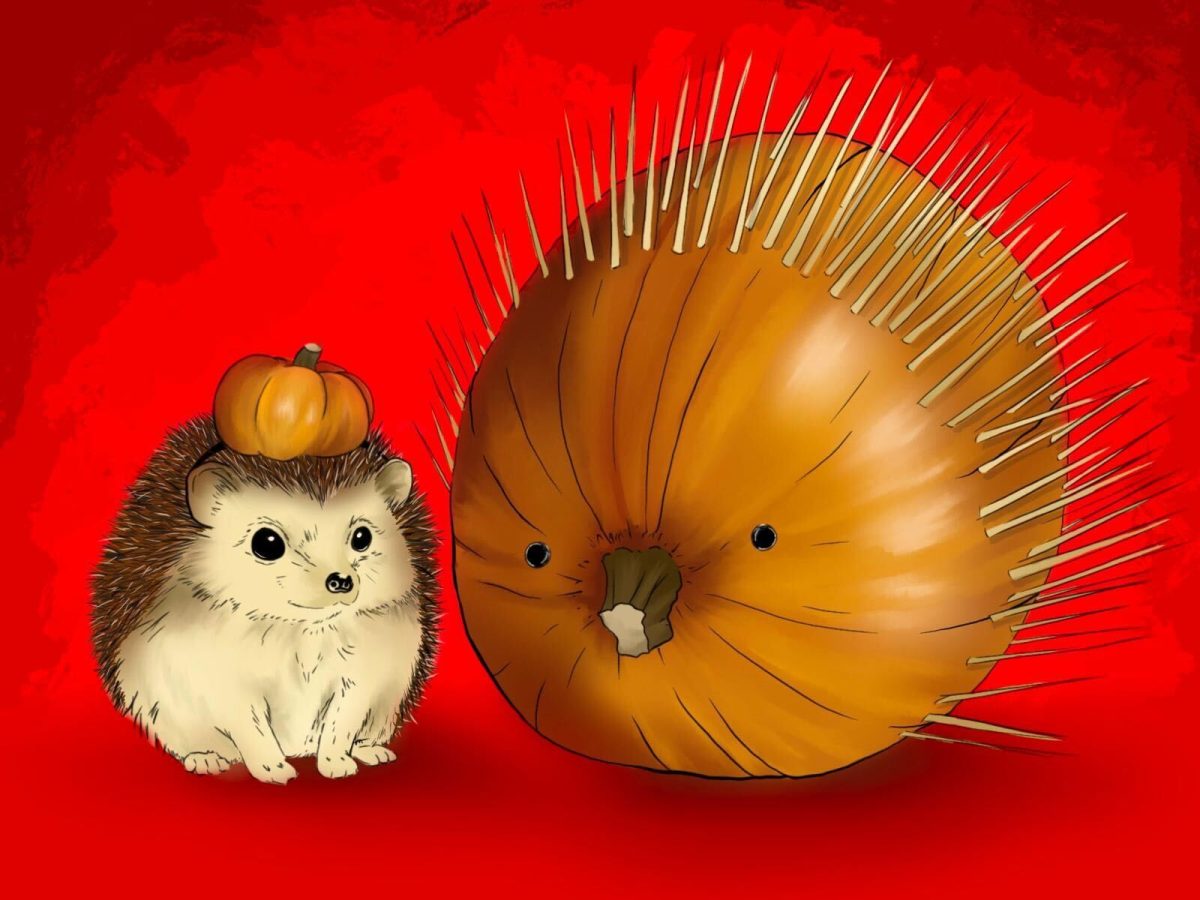You’ve seen it all over the news lately: concussions pose a serious risk, especially for football players. Not only are they dangerous injuries immediately, but repeated blows to the head can have serious health effects years after they occur — something researchers at Boston University have proven.
So what can we do to mitigate the impacts? Well, researchers at the Virginia Tech-Wake Forest Center for Injury Biomechanics found that football helmets with certain designs can help reduce the risk of concussion, according to a study published in the Journal of Neurosurgery on Jan. 31.
Steve Rowson, lead researcher and assistant professor at the CIB, said he and his team placed accelerometers in the helmets of certain collegiate football players to measure the force imparted during hits.
“All of the helmets we looked at, we put accelerometers in,” he said. “Any time the helmet was impacted, we knew about it.”
The helmets were given to 1,833 players at Indiana University, Dartmouth College, University of Minnesota, University of North Carolina, Virginia Tech, University of Illinois, University of Oklahoma and Brown University. Between 2005 and 2010, researchers obtained biomechanical data of more than one million head impacts and 64 observed concussions.
Two different helmets, the Riddell Revolution and the Riddell VSR4, were measured and then compared.
“The Revolution pads are about 40 percent thicker than the VSR4, which allows the helmet to reduce the head acceleration due to impact,” Rowson said. “When a helmet gets impacted, it receives impact energy to the head and the head experiences acceleration. The better the helmet is at reducing the head acceleration, the better the helmet will be at reducing concussion risk.”
Players in the Revolution helmet experienced lower acceleration time than players in the VSR4. The Revolution helmet, with their increased padding, better dispersed the impact energy to player’s heads, and players wearing Revolution helmets had a 53.9 percent reduction in concussion risk compared to those who wore the VSR4, according to the study.
“Any alteration to mental status is a concussion,” Rowson said. “We don’t classify mild, moderate or severe concussions. Any alteration to brain activity we measured and took into account.”
Rowson said his main goal was to make clear that specific helmet designs can reduce the risk of concussion. This is also the first study to account for different rates of impacts between different positions.
“We know if one player gets hit frequently and another doesn’t get hit much at all, and can then take that difference into account,” Rowson said. “This is a variable which no study has really been able to control before.”
Each time a player took a hit, the helmet sensed the blow and sent the data to Rowson and his team. Because this happened every time a helmet is hit, the frequency at which a player is hit is easily recorded. The statistics collected can then be compared to the other helmet’s data of a comparable hit frequency.
With the improvements in football helmet design, this research could potentially overlap with other impact-heavy sports.
Catherine Klapperich, associate professor of biomedical engineering and mechanical engineering at Boston University, sees concussions occurring in other sports.
“Boxing and hockey also see these types of issues with head injuries,” she said. “Hockey sees problems with catastrophic head injury because people are hitting the wall constantly.”
A difficulty in examining the lifelong effects of concussions and changing game rules concerning concussions is that the effects are not as evident as many other injuries.
“Because people who have injures from concussions don’t walk with a cane or show physical weakness, the results of multiple concussions is not as apparent to the outside world,” Klapperich said. “It is not obvious to people outside of their immediate family or social circle that they are struggling with these issues.”
Concussion research is gaining more and more support, though, and the public and the National Football League are pushing for fewer head injuries. In 2010, the NFL donated $1 million to BU’s Center for the Study of Traumatic Encephalopathy to fund further concussion research.
BU has played a key role in the concussion conversation since then, and in December 2012, CSTE researchers released a landmark case study linking repeated head impacts to the degenerative brain disease.
Going forward, Rowson put forth three ideas for minimizing the risk of concussion in the NFL.
“The first would be modifying league rules to avoid high-risk scenarios, such as enforcing helmet-to-helmet penalties and reducing contact in practices,” he said. “The second would be teaching better technique, tackling without impacting the other person’s head or your own. The third piece of the equation is having the best head protection.”
And while Rowson and his team have identified that helmets do reduce the risk of concussion, they stress that helmets can only help so much.
“There will never be a concussion-proof helmet,” he said. “There will always be concussions in football … With that said, however, there are certainly steps we can take to reduce the risk of injury.”
But, at least if BU decides to bring back our football team (we can hope, right?), we can rest easier knowing our players will be much better protected than before.





